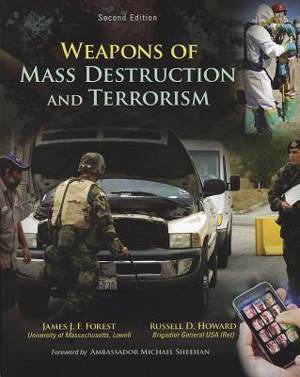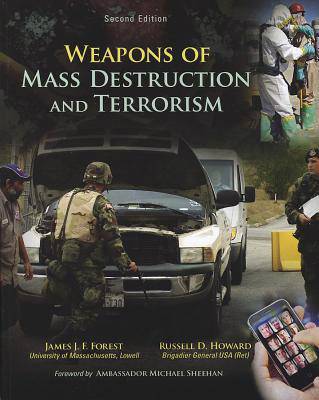
- Retrait gratuit dans votre magasin Club
- 7.000.000 titres dans notre catalogue
- Payer en toute sécurité
- Toujours un magasin près de chez vous
- Retrait gratuit dans votre magasin Club
- 7.000.0000 titres dans notre catalogue
- Payer en toute sécurité
- Toujours un magasin près de chez vous
Description
Unit I of the book introduces key terms and addresses important strategic and policy debates. Authors explain how the new forms of terrorism affect the post-9/11 security environment and how weapons of mass destruction could give terrorists short-term, asymmetric attack advantages over conventional military forces. Unit II offers detailed accounts of the characteristics, availability, and dangers of specific types of WMD, along with five case studies that associate theory with practice--an important feature of this volume. Unit III is focused on key dimensions of the WMD threat to critical infrastructure. Unit IV deals with past, present, and future national and international responses to--and defenses against--the threat of WMD terrorism. And in the final section of the volume, authors provide several analytical frameworks for predicting future WMD threats, and draw from historical events to identify lessons and strategies for the future. Appendices include U.S. national strategy documents on countering terrorism and standards for controlling WMD materials and technologies.
Spécifications
Parties prenantes
- Auteur(s) :
- Editeur:
Contenu
- Nombre de pages :
- 838
- Langue:
- Anglais
Caractéristiques
- EAN:
- 9780078026225
- Date de parution :
- 16-03-12
- Format:
- Livre broché
- Format numérique:
- Trade paperback (VS)
- Dimensions :
- 183 mm x 226 mm
- Poids :
- 1097 g







